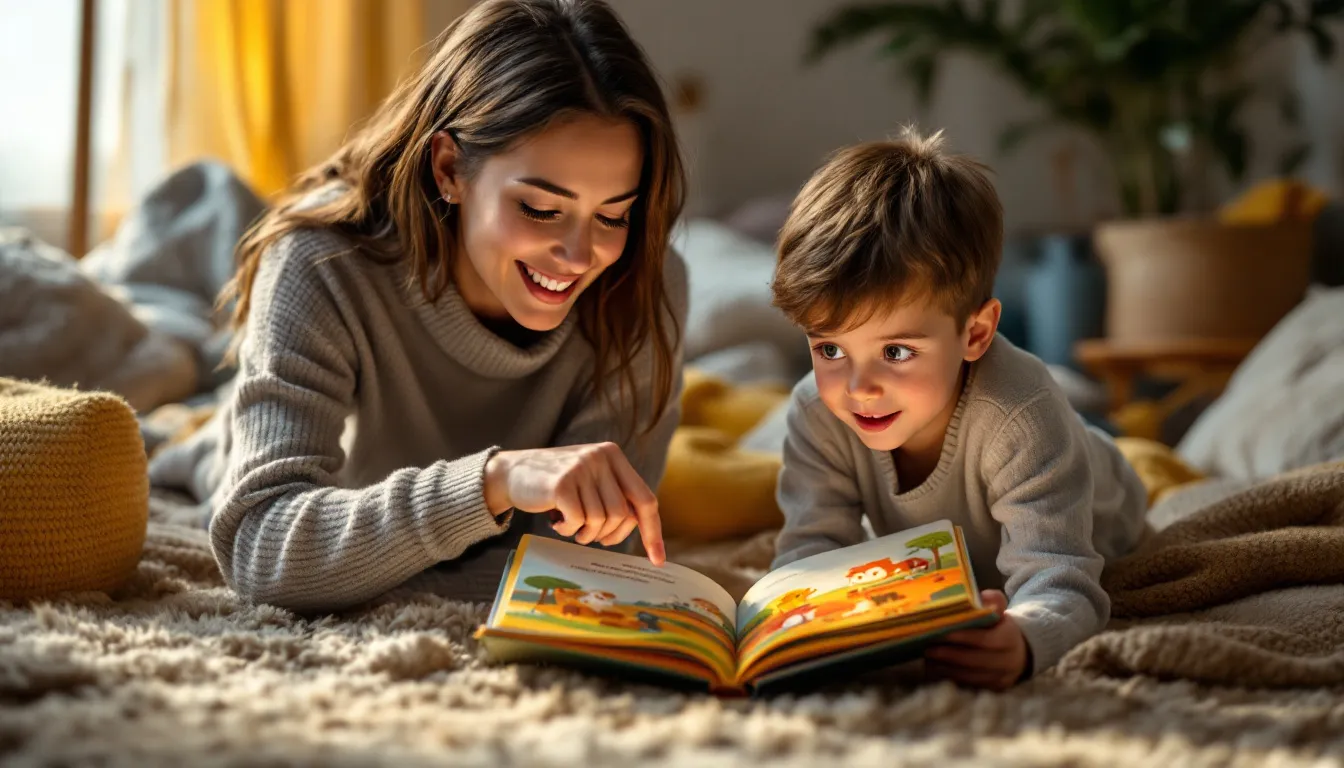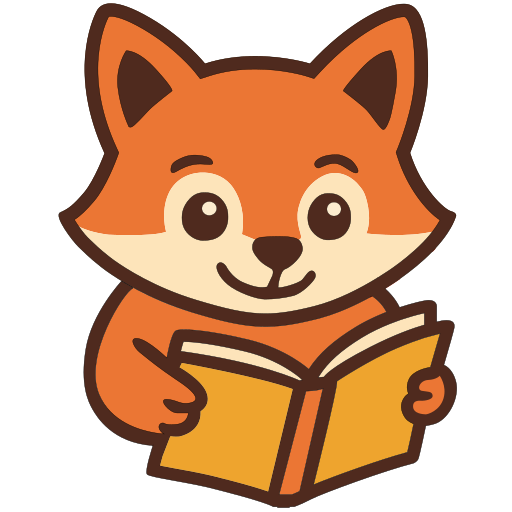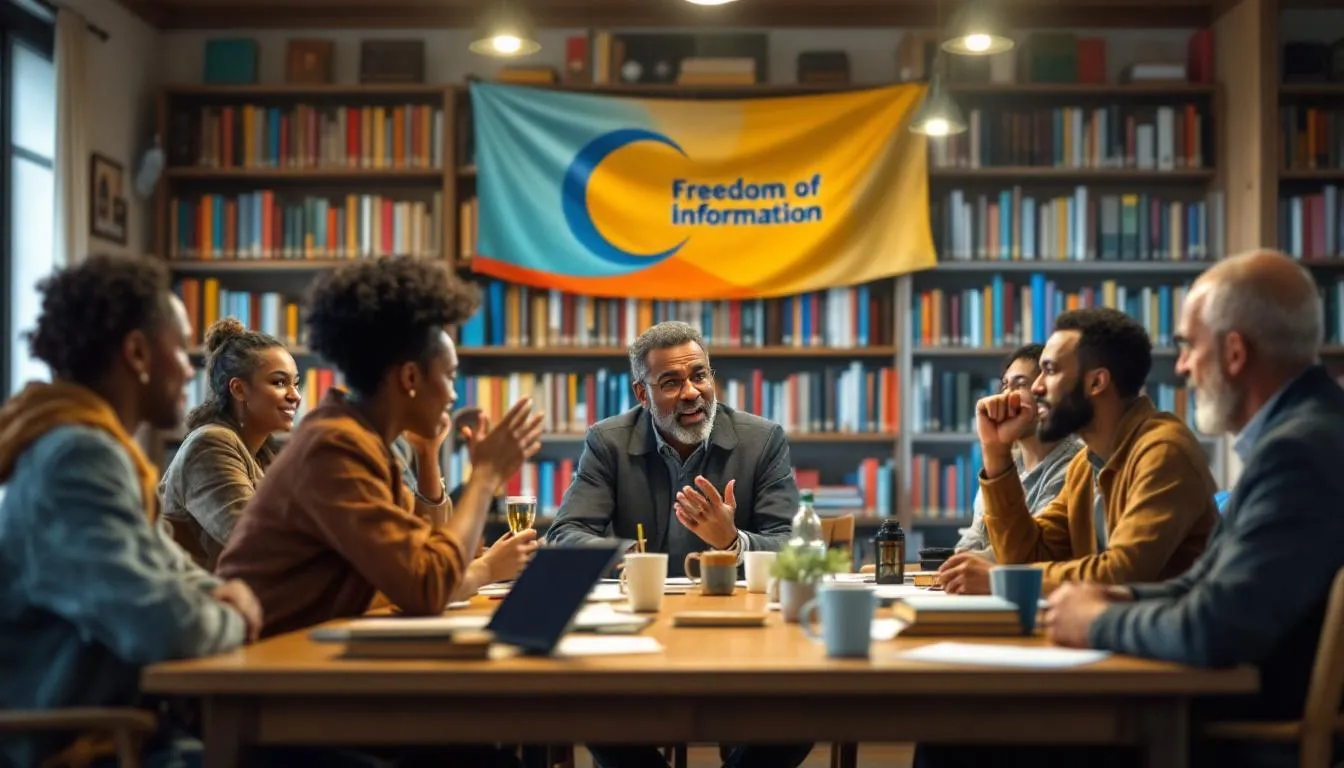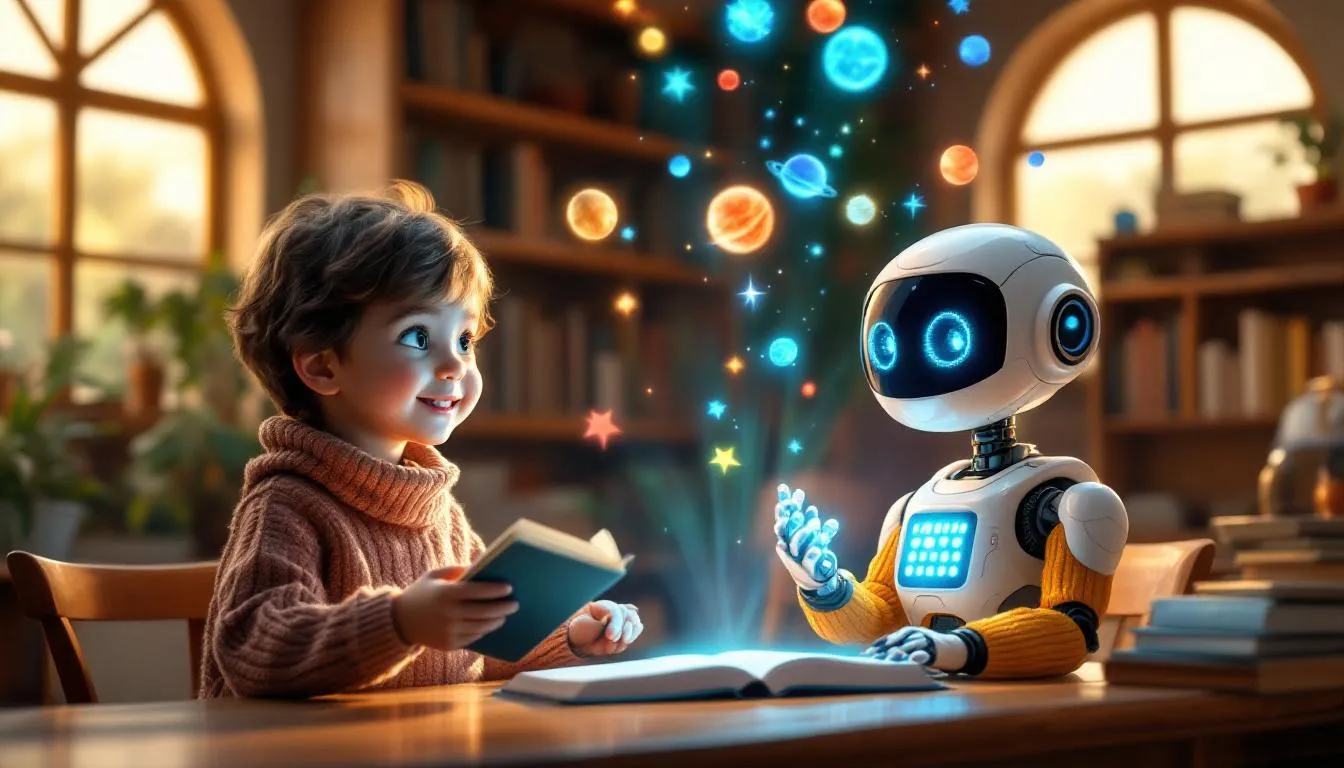Table of Contents
Quick Answer
Editing mistakes in children’s books are those slip-ups where a word is misspelled, punctuation is misplaced, or an illustration doesn’t quite match the story. These hiccups, though minor, offer golden opportunities to teach kids about keen observation and the art of proofreading. By using these errors as teachable moments, we can encourage children to develop critical reading and editing skills.
As we explore further, let’s examine the types of mistakes that often appear in children’s books.
What Are Common Editing Mistakes in Children’s Books?
Imagine reading a bedtime story to your child and stumbling upon the sentence, “The cat clumb up the tree.” Wait, what? “Clumb” isn’t right, is it? You’ve encountered a classic typographical error. These slip-ups can sneak into children’s books, offering a fun chance to play detective with your child. It’s like a treasure hunt, where learning moments replace gold.
Misspellings and incorrect punctuation are other common culprits. A missing comma can make a sentence feel like a runaway train—breathless and without pause. Or a character’s name might be spelled differently on consecutive pages. These errors, though small, can spark delightful conversations about language rules and their importance.
Then there are illustration blunders. Picture a book where the story describes a sunny day, but the illustration shows pouring rain. This mismatch can lead to giggles and questions about how illustrations and text should work together to tell a cohesive story.
Continuity issues also arise. One page shows a character wearing a red hat, and on the next, it’s mysteriously blue without explanation. These inconsistencies can be puzzling, but they’re a chance to discuss story details and character development.
Using these mistakes as springboards, we can dive into storytelling and editing. Kids love a good mystery, and uncovering these quirks can make reading more interactive and engaging.
How Can Mistakes Become Learning Opportunities?
When you encounter an editing mistake in a children’s book, don’t see it as a flaw; consider it a hidden gem waiting to be discovered. These errors encourage critical thinking. When I read with my kids, I pause and ask, “Did you notice anything unusual here?” It’s amazing to see their eyes light up as they spot the mistake themselves, turning reading into a detective game where they are the sleuths.
Discussing what the mistake is and why it matters can open up conversations about language and storytelling. For instance, if a word is misspelled, I explain how spelling helps us understand each other. It’s like the difference between “dessert” and “desert”—one’s a sweet treat, the other’s a sandy expanse. The kids usually find this hilarious and memorable.
Teaching proofreading skills becomes interactive. I sometimes hand over a short story filled with intentional errors and challenge my children to find and correct them. This sharpens their observation skills and boosts their confidence as they become little editors themselves.
Demonstrating how to spot and correct errors is vital. I once gave my kids a list of simple sentences with errors and asked them to be my “editors.” They loved it! It taught them to pay attention to detail and made them feel important.
Fostering attention to detail is a skill that benefits them throughout their lives. Whether it’s spotting a missing period or a color change in an illustration, these details can make a big difference.
Engaging in activities that focus on finding and correcting errors can be both educational and fun. Try creating a “find the error” scavenger hunt with their favorite books. This not only reinforces their learning but also makes the process enjoyable.
With these strategies, mistakes transform from mere slip-ups into powerful teaching moments. Now that we’ve explored how to use these errors effectively, let’s discuss how to talk about them with children constructively and supportively.
How to Discuss Mistakes with Children?
When discussing mistakes with children, it’s crucial to communicate in a way that’s suitable for their age and understanding. For younger kids, I find that using simple language and relatable comparisons works best. You might say, “Oops, looks like this word is mixed up, just like when we accidentally call a cat a dog!” This playful approach keeps the conversation light and engaging.
As children grow older, you can delve into more detailed explanations. Tailoring your conversation to their level of comprehension ensures they grasp the concept without feeling overwhelmed. With my older kids, I often explain the importance of consistency in storytelling. I’ll ask, “Why do you think the illustrator showed rain when the story said it was sunny?” Encouraging them to think critically fosters deeper understanding.
Framing these discussions positively is key. Instead of positioning mistakes as failures, present them as exciting challenges. “Look what we found! A little mystery to solve together!” This perspective makes the process enjoyable and boosts their confidence. Viewing mistakes as opportunities rather than errors reinforces the idea that learning is a journey filled with discoveries.
Interactive activities are another fantastic way to engage children in this process. I love creating a “find the mistake” game, where we read a story together and circle any errors we spot. This turns reading into a collaborative adventure, empowering children to contribute and learn.
By approaching mistakes with enthusiasm and curiosity, you set the stage for a positive learning environment. This lays the groundwork for exploring the broader benefits of using mistakes as teaching tools, which we’ll dive into next.
What Are the Benefits of Using Mistakes as Teaching Tools?
Using mistakes as teaching tools offers a treasure trove of benefits beyond the pages of a children’s book. Let’s explore the magic of these learning opportunities.
When kids encounter mistakes in their reading, they’re not just reading words; they’re solving puzzles. This fosters problem-solving skills as they identify what’s wrong and brainstorm ways to fix it. I remember when my daughter found a mismatched illustration in her favorite book. She suggested, “Maybe the artist didn’t read the story properly!” Her solution might have been simple, but it showed her budding ability to think critically and explore solutions.
Encouraging children to think critically about errors helps them develop resilience. Mistakes become less about getting it “right” the first time and more about learning from the experience. Once, my son noticed a spelling error, and instead of just correcting it, he asked, “Why do people make mistakes when they write?” This led to a wonderful discussion about the human element in creating art and stories, emphasizing that errors are natural and valuable learning experiences.
Moreover, these teachable moments enhance literacy skills. As children hunt for errors, they improve their reading comprehension and attention to detail. It’s like giving their brains a workout! I often see my kids becoming more attentive readers, noticing subtleties in language and storytelling.
By embracing these benefits, we can transform reading time into an enriching educational experience, setting the stage for further growth and learning.
Key Takeaways
- Transform editing mistakes into educational moments to develop keen observation and proofreading skills.
- Incorporate discussions about errors to boost children’s critical thinking and literacy.
- Use a positive approach to mistakes, fostering a love for learning and problem-solving.
- Create interactive activities like “find the error” games to make learning engaging and collaborative.
- Celebrate errors as part of the creative process, teaching resilience and adaptability.
Embrace the journey of turning reading into a shared adventure, where every mistake is a stepping stone to discovery and growth.







